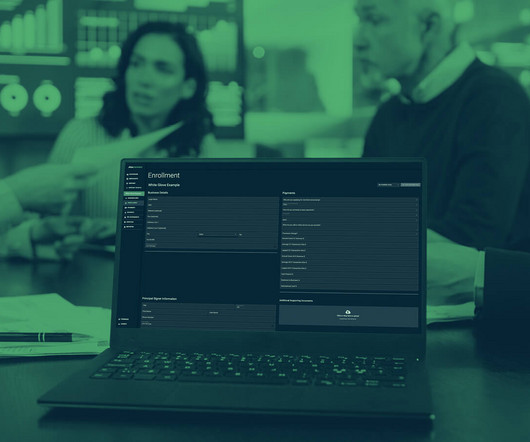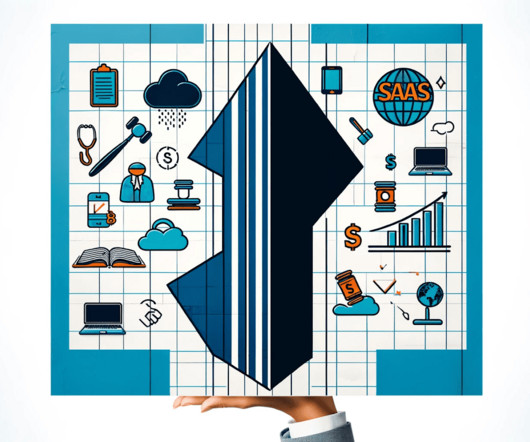How to Find the Best SaaS Billing Platform: A Complete Guide
Stax
FEBRUARY 28, 2024
But if you’re a B2B solution, there’s a high likelihood that businesses will be interested in being able to accept customer payments, rather than just sending them a PayPal link or to a generic payment gateway. How do you add payment processing capabilities to your software? What is a SaaS Billing Platform?















Let's personalize your content